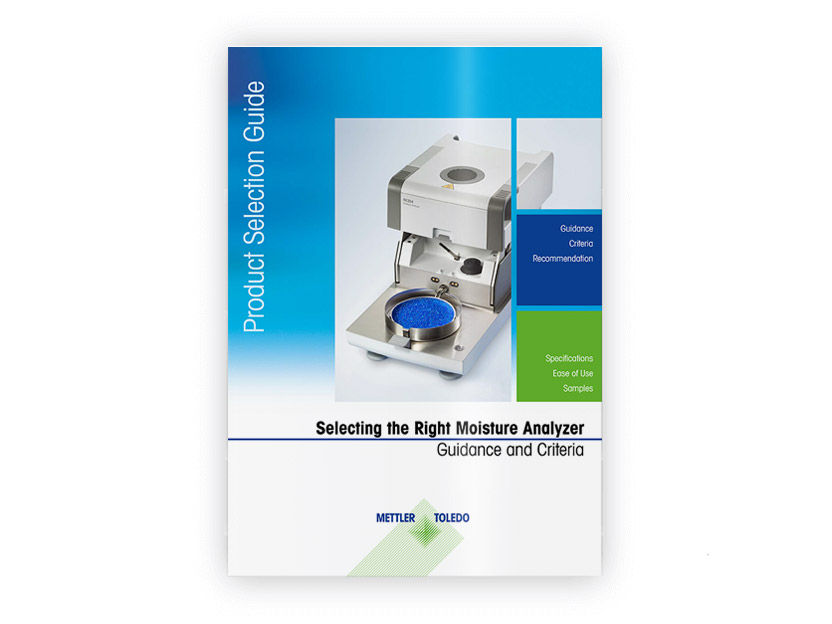TA Instruments
Understanding Biopolymer Behavior

A guide to optimizing material selection for product performance and processing conditions
The drive for eco-consciousness has spiked demand for sustainably sourced materials, pushing industries to use recycled and bio-derived materials. Biopolymers have unique challenges, including limited standardization to ensure consistency and efficacy. Unlike petroleum-based polymers, biopolymers require careful characterization and more complex processing.
Analytical techniques like thermal analysis, rheology, and mechanical analysis are key. Thermal analysis uses evolved gas analysis to understand polymer decomposition. Rheology studies flow and deformation under stress. Mechanical analysis includes monotonic testing (measuring elongation and tensile strength), fatigue testing (assessing material life under cyclical force), and dynamic mechanical analysis (studying viscoelastic behavior).
These techniques help researchers select and understand biopolymers, improve manufacturability, and ensure product longevity. Modern instruments enhance material selection and aid sustainable innovation.
Advertisement
White Paper classification
White papers on related topics
Products on related topics
Manufacturers of similar products
Webinars on related topics
See the theme worlds for related content
Topic world Rheology
Rheology deals with the flow behavior and deformation properties of materials. In the chemical field, it is indispensable for understanding the consistency, viscosity and elasticity of liquids, gels and solids. Whether formulating paints, producing polymers or optimizing food textures, rheological properties influence how substances react, move and feel.

Topic world Rheology
Rheology deals with the flow behavior and deformation properties of materials. In the chemical field, it is indispensable for understanding the consistency, viscosity and elasticity of liquids, gels and solids. Whether formulating paints, producing polymers or optimizing food textures, rheological properties influence how substances react, move and feel.
















